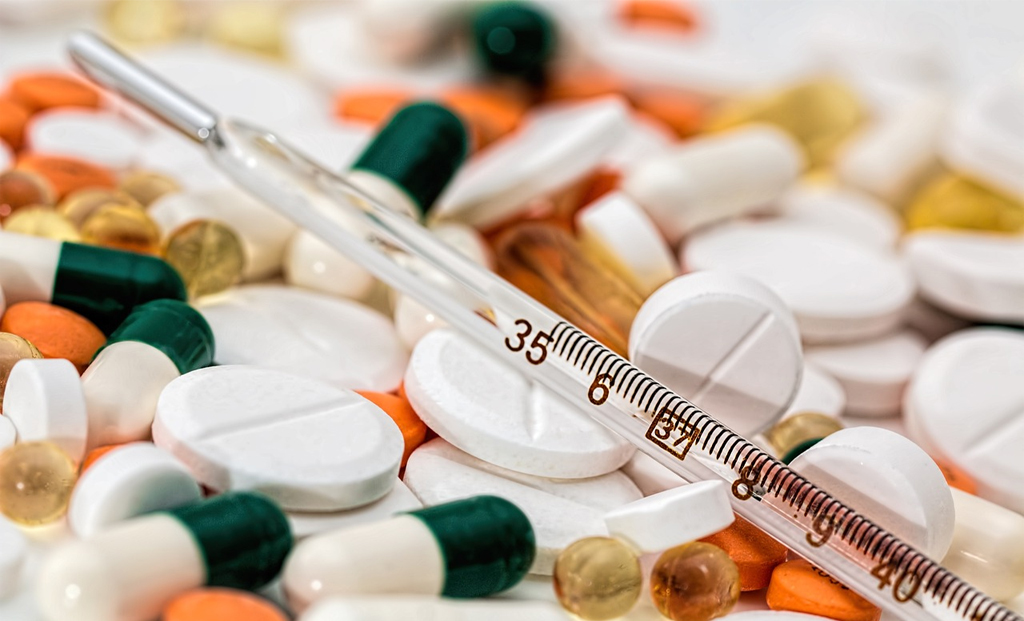India is planning to give incentives to companies that will produce GLP-1 drugs locally in 2026. These drugs are used to treat diabetes and obesity. A top government official shared this news on Friday.
GLP-1 drugs, which were initially approved for treating diabetes, are now also used to help with obesity. They work by slowing down digestion, making patients feel full for a longer time.
Currently, Danish drugmaker Novo Nordisk holds the patent for semaglutide, a key ingredient in popular drugs like Wegovy (for obesity) and Ozempic (for diabetes). However, this patent will expire in India in 2026, according to industry experts.
“The (Indian) companies (planning) manufacturing GLP-1 drugs have applied for the government’s production-linked incentive (PLI) scheme,” said Arunish Chawla, Secretary of the Department of Pharmaceuticals, to Reuters. He added, “Once they start manufacturing in 2026 after patent expiries, we will give them the incentive,” without naming the companies involved.
Drugmakers worldwide are eager to enter the market for weight-loss drugs, which could reach a value of $100 billion by the end of the decade. In India, obesity rates are high, particularly among women, and the country has the second-highest number of people with type 2 diabetes. The World Obesity Federation Atlas predicts that around 11% of Indian adults will be obese by 2035.
Several domestic drug companies, including Biocon, Sun Pharma, Cipla, Dr. Reddy’s, and Lupin, are interested in this opportunity. However, they were not available for comments on Friday.
Since 2020, India has been offering incentives to boost local manufacturing in various sectors, including electronic products and drones, with mixed success. The companies that will receive incentives for GLP-1 drug production have listed their drugs as ‘anti-diabetic’ in their applications.
“Their usage for obesity will depend on necessary approvals at that time from the drug regulator,” Chawla noted.

